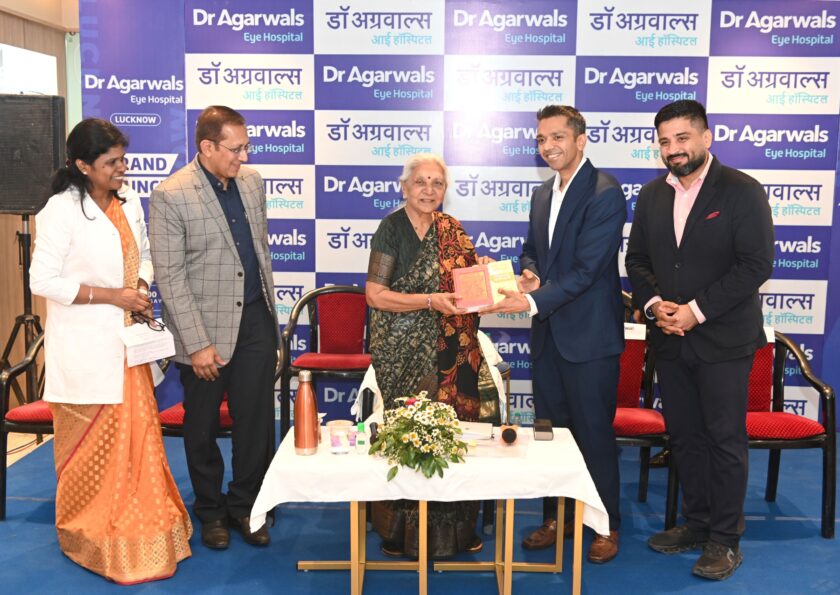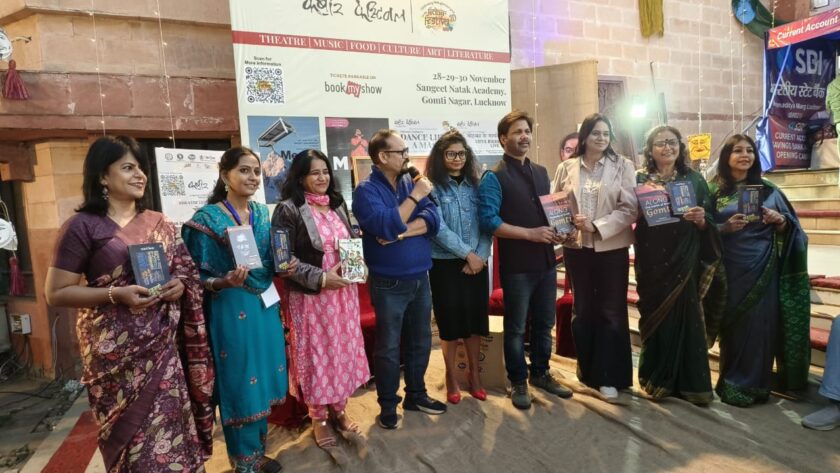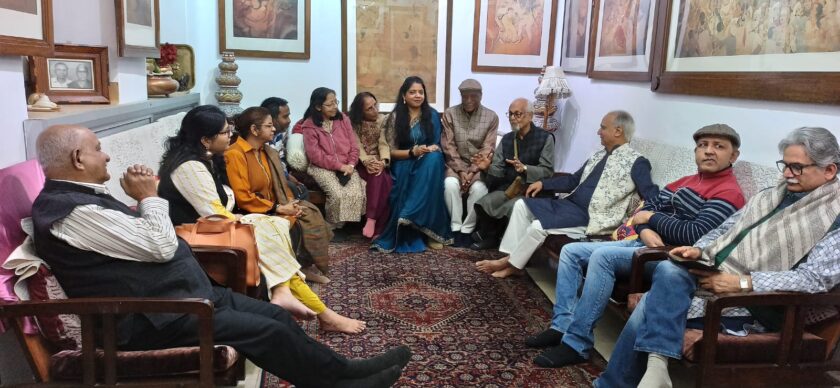Lucknow | As Uttar Pradesh gears up for the 2027 Assembly elections, the political battle is largely being seen as a contest between the ruling Bharatiya Janata Party (BJP) and the Samajwadi Party (SP). The Congress hopes to survive by riding on SP’s shoulders, but the silence of the Bahujan Samaj Party (BSP) has left both political observers and its core supporters puzzled.
Once a formidable force, the BSP today faces one of the toughest phases in its political history. Mayawati, who led the party to a historic majority in 2007 with 206 seats, has since seen its fortunes decline. From the 2012 Assembly polls to the 2024 Lok Sabha elections, the BSP has faced repeated setbacks. In the 2022 UP Assembly elections, the party won just one seat, while in 2024 it drew a blank in the state. Its vote share has steadily declined, slipping from around 13% in 2022 to just 9.39% in 2024.
Political analysts say the BSP’s traditional Dalit base, especially non-Jatav groups, has shifted significantly toward the BJP, while a section of Muslim voters has gravitated toward the SP. Even among Jatavs, once BSP’s strongest support base, inroads have been made by rivals.
Sensing the gravity of the crisis, Mayawati has launched an aggressive revival strategy. She plans to kick off her comeback bid with a mega rally on October 9 to re-energize her supporters and signal her intent to challenge the BJP and SP. The BSP is focusing on strengthening its organization from the grassroots, with campaigns like “One Booth, Five Youth” and more than 1,600 committees working at the village, booth, and sector levels to rebuild the cadre base.
Her blueprint also revisits the 2007 “social engineering” formula of forging a Dalit-OBC-Muslim alliance through local-level bhaichara (brotherhood) committees. The BSP is also betting big on upcoming panchayat elections, viewing them as a stepping stone to regain ground before 2027. Candidate selection is being recalibrated to prioritize OBCs, and daily meetings at various organizational levels are aimed at mobilizing workers.

Despite a lack of prominent second-rung leaders, Mayawati remains the central figure of the BSP. The recent involvement of younger faces like Akash Anand has injected some energy, but the path to power remains steep.
Analysts believe Mayawati is far from politically retiring; her continuous restructuring, outreach, and experiments in social engineering indicate she is still deeply invested in the BSP’s future. Yet the party’s biggest challenge lies in stopping its shrinking base and regaining credibility among Dalits, while also attracting new voter blocs.
The 2027 Assembly elections will be the real test of whether Mayawati’s revival plan and renewed social coalition can breathe life back into the BSP or if the party will remain on the margins of UP politics.





